By Randy Dotinga – Dermatology Times
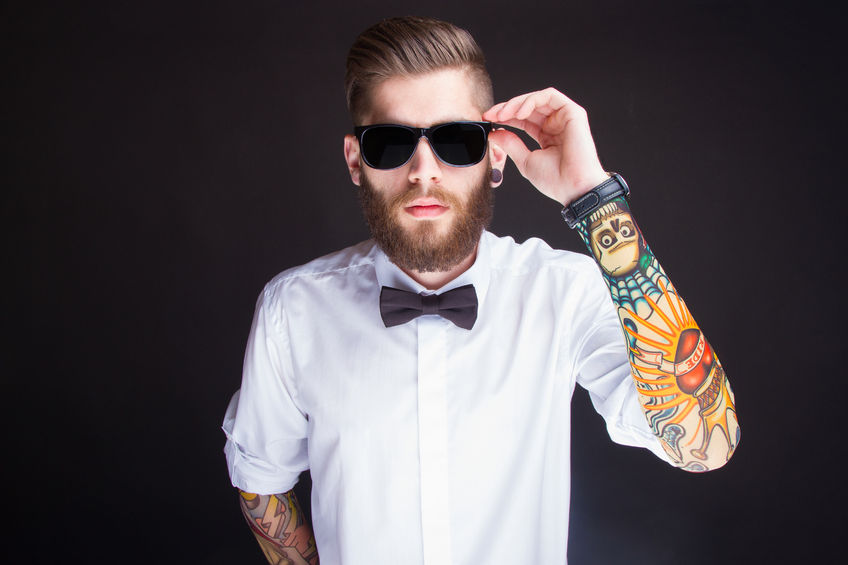
A modern tattoo sensibility
In the beginning, there were bodies and there was art. Early humans mixed the two and declared them to be a fine match. Now, tattoos are finally gaining widespread respectability.
In just a matter of decades, body art has shed much — but not all — of its tawdry reputation as an emblem of sailors, outcasts and criminals. In 2014, an NBC/Wall Street Journal poll found that 40% of respondents live with someone with a tattoo, almost twice the number as 15 years earlier. And in 2010, a Pew Research Center study found that almost 40% of millennials — adults born after 1980 — had tattoos. About 7% reported having six or more.
The new prime minister of Canada has a “badass tattoo,†as the magazine GQ puts it, on his upper arm. Across the pond, the wife of the U.K. prime minister has one on her foot.
According to news reports, Carolyn Kennedy, the presidential daughter and ambassador to Japan, got a tattoo in the 1980s. Helen Mirren, Jennifer Anniston, Ben Affleck and Brad Pitt are all tattooed. Even the Barbie doll — briefly — sported a butterfly tattoo of her own.
Along with the dramatic rise in acceptability of tattoos has come a dramatic rise in tattoo regrets. But thanks to dermatologists and technological advances, people have more power to remove unwanted tattoos.
But before we get to tattoos (and tattoo removal) in the present day, let’s start with an unfortunate prehistoric body-art enthusiast known as Ötzi the Iceman.
Dawn of the tattoo
Tattoos and related body modifications like intentional scars “have been documented in almost all known cultures and on all inhabited continents,†says Matt Lodder, Ph.D., a tattoo researcher, very tattooed person and lecturer in contemporary art and visual culture at the University of Essex in the U.K. According to him, some evidence suggests that tattoos date back to at least the Upper Paleolithic era, also known as the Stone Age, some 10,000-50,000 years ago before humans figured out how to farm.
The earliest firm evidence of human tattoos dates back more recently, to about 5,000 years ago. That’s when Ötzi the Iceman — as he’s known — lived in the mountains that now split Austria and Italy.
Hikers discovered Ötzi’s mummified body in 1991. Preserved in snow and ice after his apparent murder, he survived for millennia along with his clothes, his tools and a stunning 61 tattoos.
Italy’s South Tyrol Museum of Archaeology, which displays the mummy, says the tattoos look like lines and crosses and were created by rubbing charcoal into fine incisions. The museum thinks the tattoos may have been designed to relieve pain, perhaps as part of an early form of acupuncture, although there’s debate about this.
When the upper crust embraced the tat
Ötzi the Iceman’s tattoos are unusual because they appear to be health-related. It’s more common in Western culture for people to use tattoos to stand apart. Like fashion, “they distinguish our identities and create distinctive bodies,†says Dave C. Lane, Ph.D., an assistant professor of sociology at the University of South Dakota who studies tattoos and is heavily tattooed himself.
Aaron Deter-Wolf, a tattoo researcher and Tennessee archaeologist, and colleagues put it this way in a 2016 report in the Journal of Archaeological Science: “Depending on the culture and time period, indigenous tattoo traditions have functioned to signal entry into adulthood, reflect social status, document martial achievement, demonstrate lineage and group affiliation, and to channel and direct preternatural forces.†And, of course, some tattoos simply serve as decoration.
For a while, just over a century ago, tattoos were actually a craze among the British upper crust.
“Elites and military officers would travel to Japan to get tattoos as marks of their aristocratic status,†Dr. Lane says. “For some reason, we have constructed the idea that tattoos were the property of sailors and criminals and outlaws. Tattoo researchers are just beginning to challenge and explore that narrative. One of the arguments is that elites moved away from tattooing around the time the tattoo machine appeared and made tattooing cheap and accessible at all.â€
A modern tattoo sensibility
In the 20th century, tattoos dipped in public acceptance as they became emblems of the rough and rebellious even as they began to be used in new ways.
“Since at least the First World War, there’s also been some uptake of tattooing by cosmetic surgeons and dermatologists to re-pigment skin affected by conditions which leave skin patches, to simulate hair in bald patients or those with alopecia, to simulate nipples on women with mastectomies, and to reduce the appearance of scars and marks,†the U.K.’s Dr. Lodder says.
Over the past 50 years, a “tattoo renaissance†has resulted in massive growth in tattoos. “You had a number of people who entered the world of tattooing with an art school background,†the University of South Dakota’s Dr. Lane says. “They also were able to incorporate the aesthetics of the art world, and they were key in terms of changing attitudes regarding sterility.â€
Improved safety arrived along with streamlined tattoo inks. “I’m sure plenty of dermatologists today would be horrified by some of the ingredients of early tattoo inks, particularly as tattooers experimented with color,†Dr. Lodder says. “Many early red inks were made from mercury-derived vermillion. And sailors in the 18th century would often use gunpowder mixed with urine as their ink.â€
Tattoo regret
No one knows when a first human regretted a tattoo and tried to do something about it, but Dr. Lodder thinks it happened early. “I do not doubt that removing permanent tattoo marks has been attempted, by abrasion and excision, for millennia,†Dr. Lodder says.
Indeed, tattoo artists have offered “home remedies†for tattoo removal since at least the late 19th century, he says. Up until the 1980s, some artists used chemicals like tannin to diminish tattoos by tattooing over the original artwork. “Reports suggest that these were moderately successful,†he says, “particularly when the goal was to lighten the tattoo so that it could be covered with new work rather than removed entirely.â€
Why get rid of tattoos? “People often regret bad decisions, like offensive tattoos, jail house tattoos, gang tattoos, and just plain ugly tattoos. Or they get the name of a boyfriend, girlfriend, husband, or wife and, after the love affair is over, they may seek removal,†says Melbourne, Fla., dermatologist Terrence A. Cronin Jr., M.D. As a result, “professional tattoo artists are resistant to tattooing names other than your mother’s or your children’s.â€
The tattooed may also worry about stigma and their ability to find work.
“I have an example of a waiter seeking removal of a tattoo on his hand in the 1880s due to it affecting his career choices,†Dr. Lodder says.
A 2008 study in Archives of Dermatology of 196 patients seeking tattoo removal found that more than half were embarrassed by their tattoos. The research turned up a startling statistic: More than two-thirds of those seeking tattoo removal were women.
“Society hasn’t caught up with women having all these tattoos,†says study author Myrna L. Armstrong, Ed.D., RN, who’s now a professor emerita at Texas Tech University Health Sciences Center. “Women are the ones who show up at tattoo removal clinics and tend to go through with it. Men may not like their tattoos either, but a lot of them don’t follow through with the decision-making to have it done.â€
As Americans’ taste for tattoos has grown, experts say, so have many tattoo wearers’ regrets.
Nationally, says Eric F. Bernstein, M.D., M.S.E., “There’s a total epidemic of people wanting their tattoos removed.” He is clinical professor, Department of Dermatology, University of Pennsylvania School of Medicine.
George Hruza, M.D., M.B.A., says he commonly sees parents who want tattoos removed from children – who got them without permission – as young as 16. He is a Chesterfield, Missouri-based dermatologist in private practice. Dr. Bernstein adds that he’s removed recent tattoos from patients from 14 years old to senior citizens.
Regarding tattoo locations, Dr. Hruza says that as tattoos have grown more mainstream, he increasingly zaps them from highly visible areas such as the neck, once the wearers rethink their ink.
Roy Geronemus, M.D., adds that as people become more aware that lasers can safely and effectively remove tattoos, he sees growing numbers of patients with lip and eyeliner tattoos they want removed.
Treating tattooed-on cosmetics can be tricky, however. Frequently, explains Dr. Hruza, they contain iron oxide (for tan and rust tones) or titanium dioxide (for pastels and flesh tones). Immediately after Q-switched or picosecond laser treatment, he says, both materials often irreversibly darken to gray or pitch-black tones as refractory as genuine black ink. Dr. Bernstein says the darkened pigment can take double or triple the usual number of Q-switched laser treatments.
At Lakeview Dermatology tattoo removal with the Q switch laser can be done in the Palos Heights office for black inked tattoo. Tattoo removal with the Q switch laser may require multiple treatments; usually about 8-12 are recommended.
To discuss your tattoos removal treatment with a Board Certified Dermatologist or a Licensed Healthcare Professional please make an online appointment or call 773-281-9200 today.
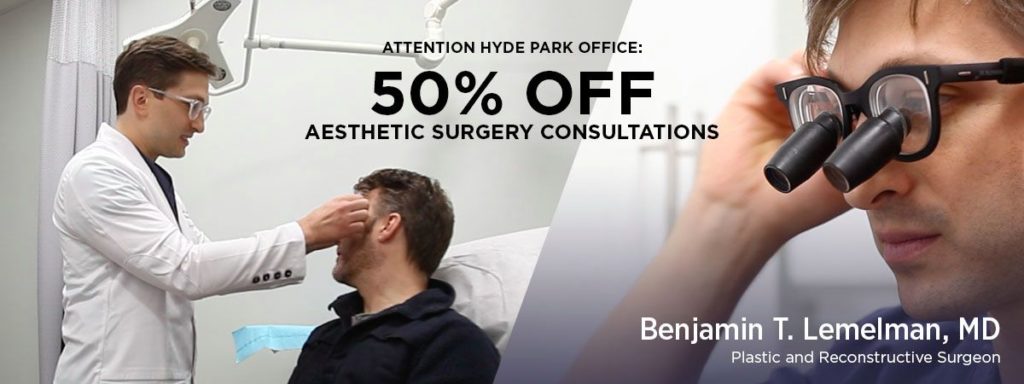
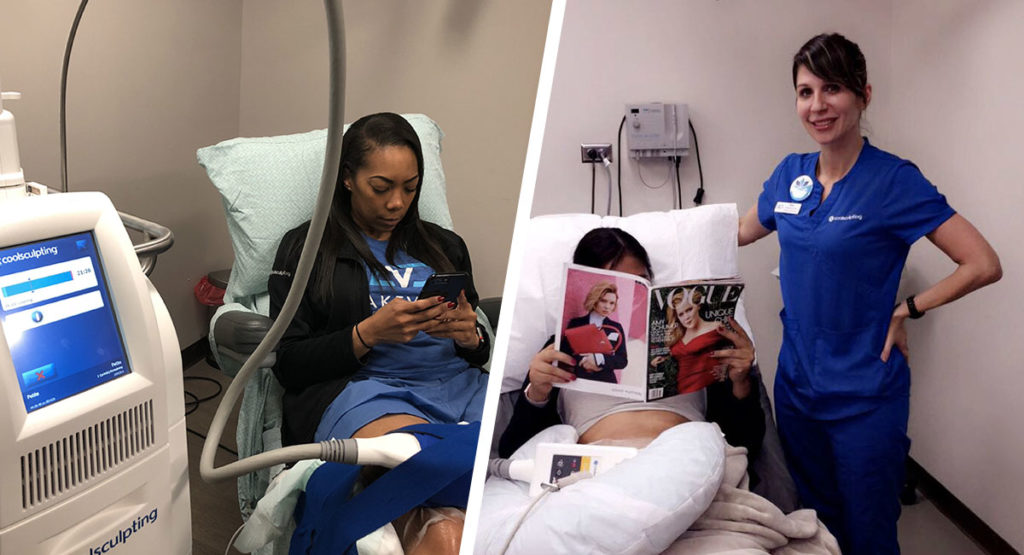
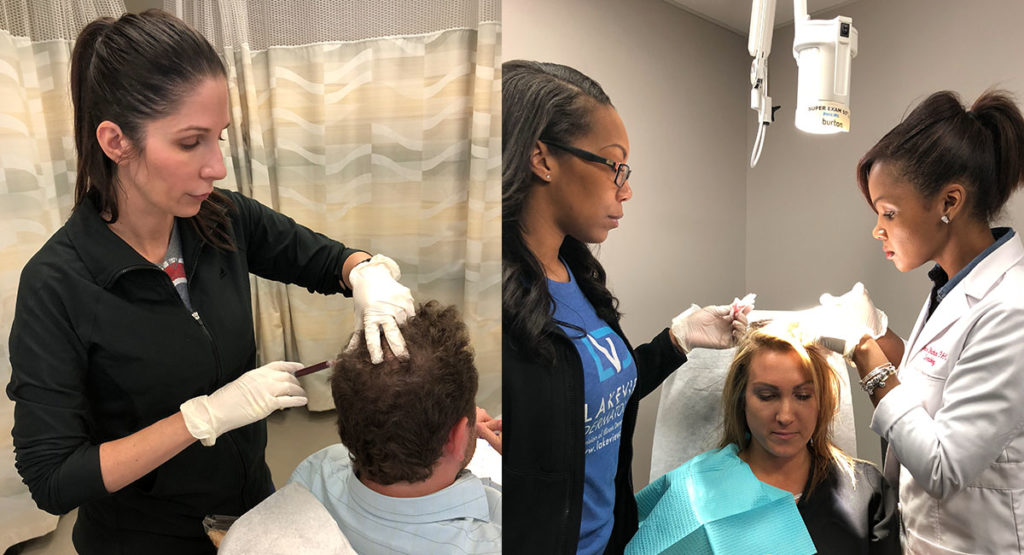
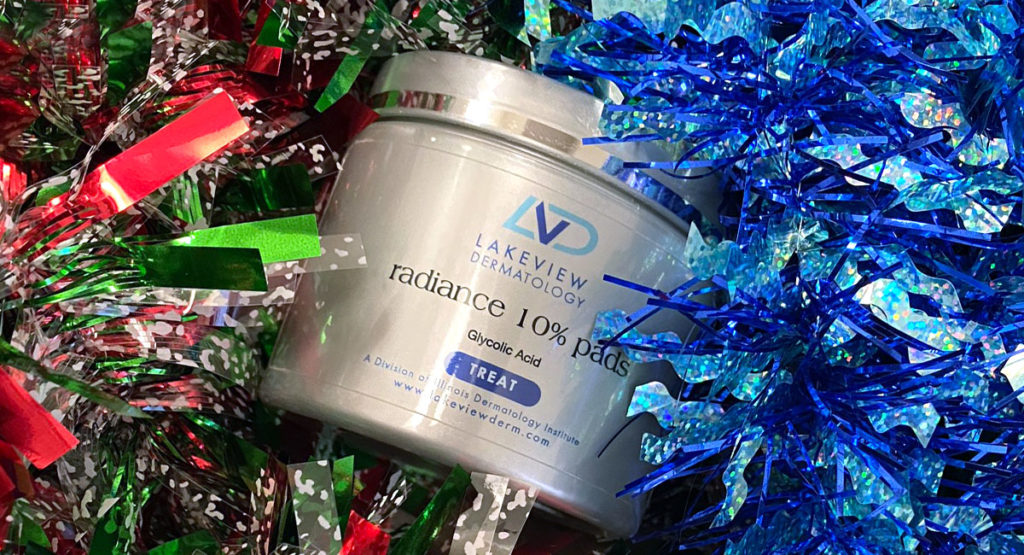


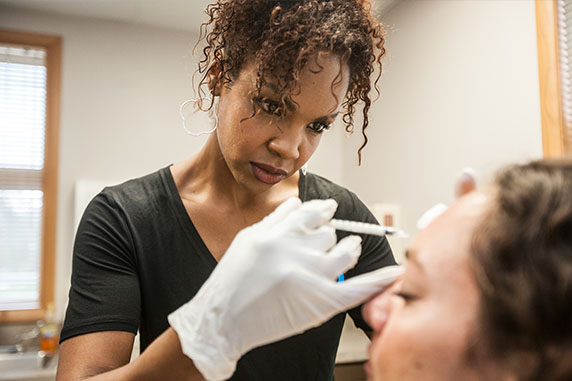
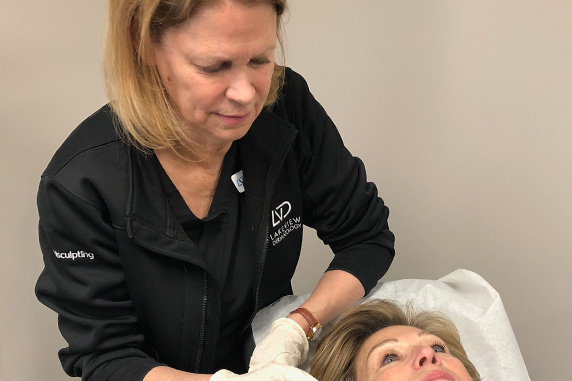
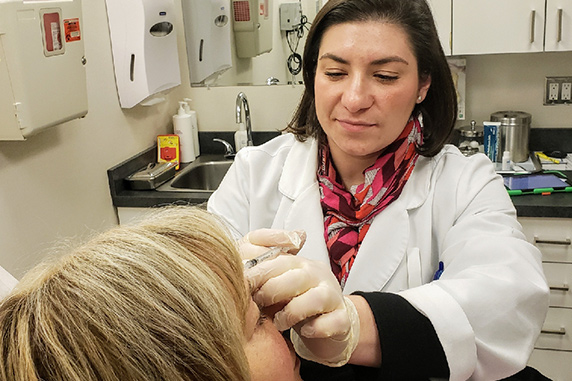
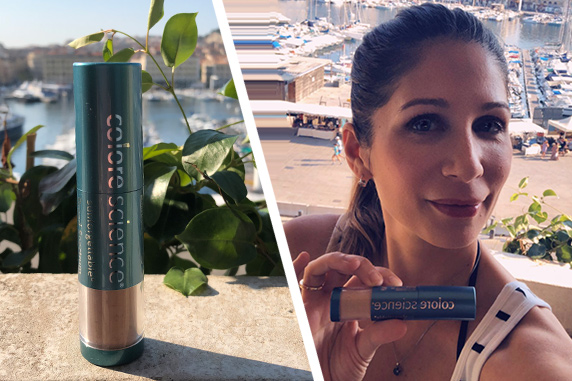
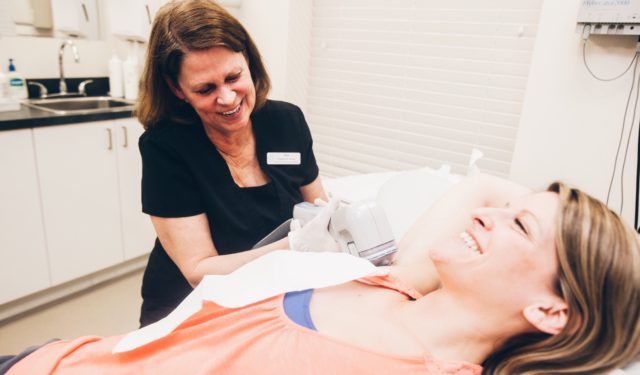

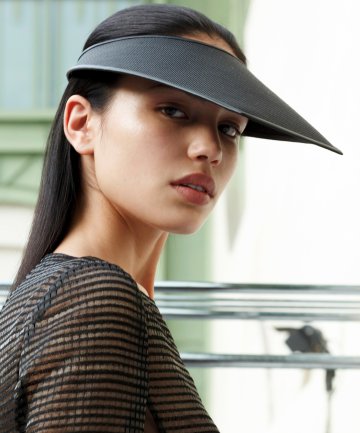
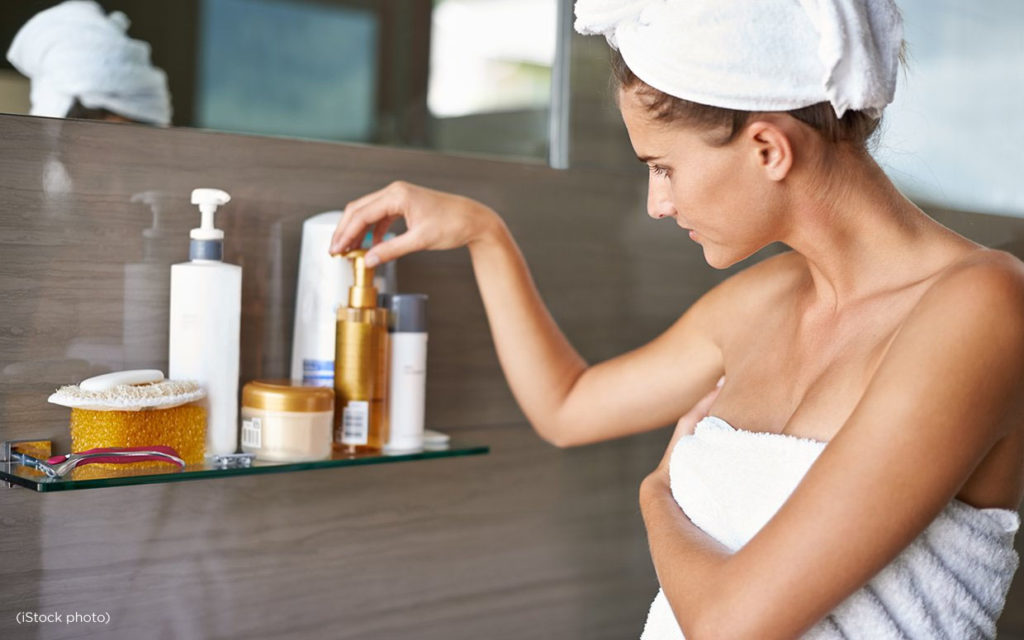
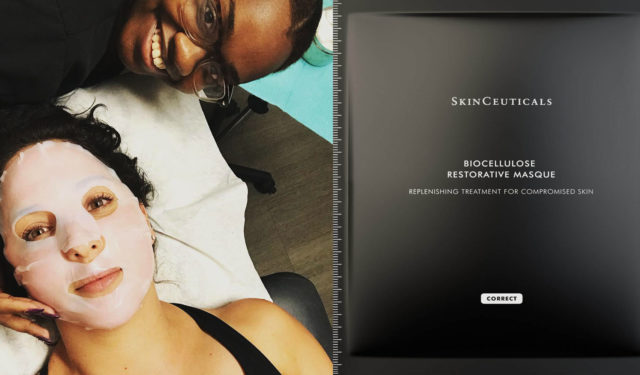
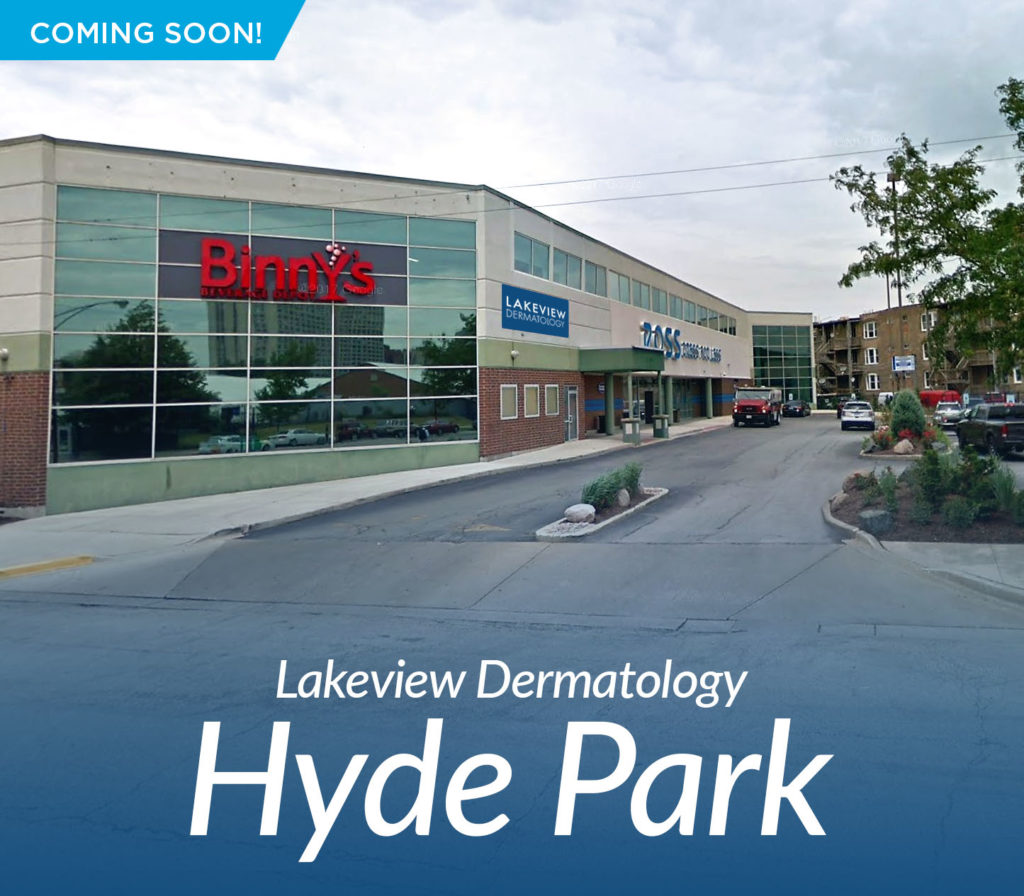

Recent Comments